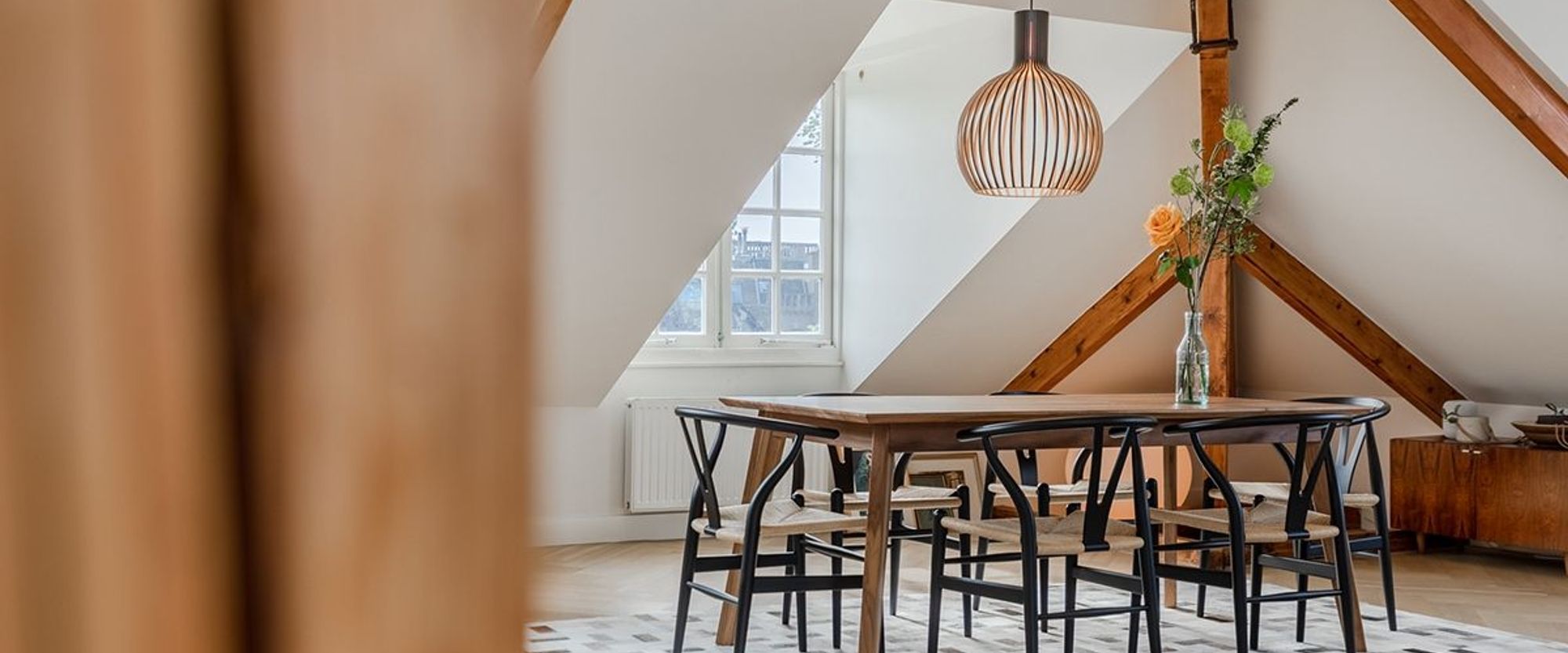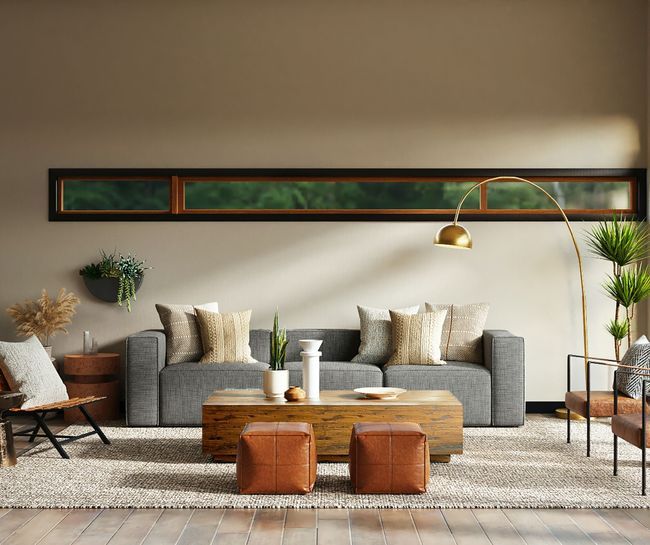News
5x Interior Tips From An Expert
The interior design of a house tells a story. Not only does the interior reflect the owner, but it can also give you a good image of the home itself. In this newsletter we discuss interior design with consultant Robin of ‘Robins hood’. Based in Amsterdam, he helps homeowners, especially expats, to ‘make their house a home’. He does so with fully personalised advice in a fun and pragmatic way. There are no generalized mood boards that show the latest trends and tropical locations. We dive straight into the best choices and materials for the client.
The advantages of hiring an interior consultant
With a professional consultant, the search for an interior that suits the resident and the house gets a ‘start and a finish’. An interior stylist minimises choice overload, advises and guarantees the quality of the elements and ‘the big picture’. In the end this saves the client a lot of time. Robin: ‘Oftentimes, clients are young professionals or expats with a busy job and a family who do not have the time to fully focus themselves on decorating their new home. With a pragmatic approach, I make sure that my clients do not regret their decisions in the long run because they made a hasty or trend-sensitive decision.
Trends in interior design
Currently, three trends stand out in the world of interior styling. ‘Japandi’ is a combination of Japanese and Scandinavian design and brings tranquillity into the home, but also warmth. The austere furniture of the Scandinavian interior is combined with natural materials and colours with Japanese influences. In addition, all sorts of shapes and materials such as concrete, wood, linen and rattan recur in a Japandi interior.
Furthermore, and as an addition to the first trend, we see a lot of ‘green’ in the designs. Organic shapes and materials are used, and flowers and plants are given a prominent role in the room. Besides the aesthetic aspect, the health benefits are also a big pro.
A trend that is making a comeback is ‘Retro and Urban 80s and 90s’ with its bright accents, fun elements and bold statements. This trend is best applied in small pieces of furniture and accessories to avoid getting bored or the room becoming overwhelmingly chaotic. Of course, with trends it is always best to combine accents and elements to create your own style that fits the place.
The basis of every interior design
Look at what the space needs and be strict. Choosing something atypical often results in decisions that one quickly gets bored with. Every type of home – and even every type of room – has its own characteristic features. For example: does the room have a lot of natural light, or are extra light ornaments needed? With these character traits, a steady basis is established. Robin: ‘Always pick timeless and durable options for large furniture and, for example, the kitchen and bathroom. With simple yet beautiful items of good quality that fit the space, you can mix it up with small pieces of furniture and accessories for the next ten years without having to change the entire interior.’
Tips for putting together an interior
In the world of interior styling, it’s easy to get lost in the many (temporary) trends, possibilities and choices. It is therefore especially important to make it a personal project. Robin: ‘Go out and explore! Both on online and offline media and save what appeals to you. This can be done with a mood board on Pinterest or a physical folder with brochures, pictures and cuttings. This is where you can eventually cross off and filter out what you like best. By looking back and discarding with a strict eye – and possibly with the help of a professional interior consultant – a personal style emerges and develops.
How do you style a house for sale and why is home styling so important when presenting a house?
When the house is soon to be sold, your personal touch in the interior has to make room for emphasising the opportunities of the space. In that case, it is opportune to present the house as spacious and neutral as possible, with a touch of personality.
Potential buyers should be able to imagine themselves living there, but it should also be visible that someone is living there now. After all, it is not a standard model home but a home with an occupant and its own story. Of course, the advice is still to neutralise big eye-catchers. Robin: ‘Not everyone is looking for a wall in a flashy colour or super dominant works of art. These kinds of specific attention-grabbing items can detract from the space and perhaps even put people off.
‘You don’t get a second chance at a first impression, so don’t forget the entrance!’ When potential buyers come to view the house, the entrance hall is the place where they virtually decide whether they can see themselves coming home here. So try to show a neat, attractive look there as well. That way you can be sure that viewers will not forget the house easily.
altijd op de hoogte
 en
en
 nl
nl



